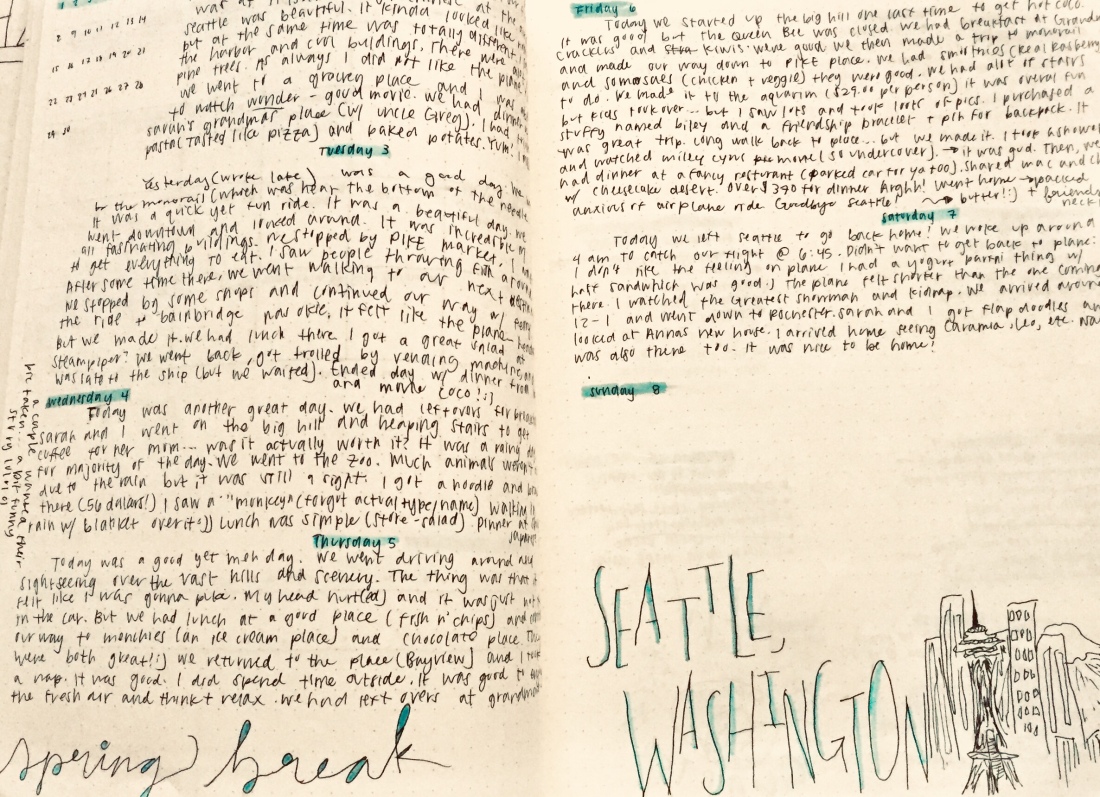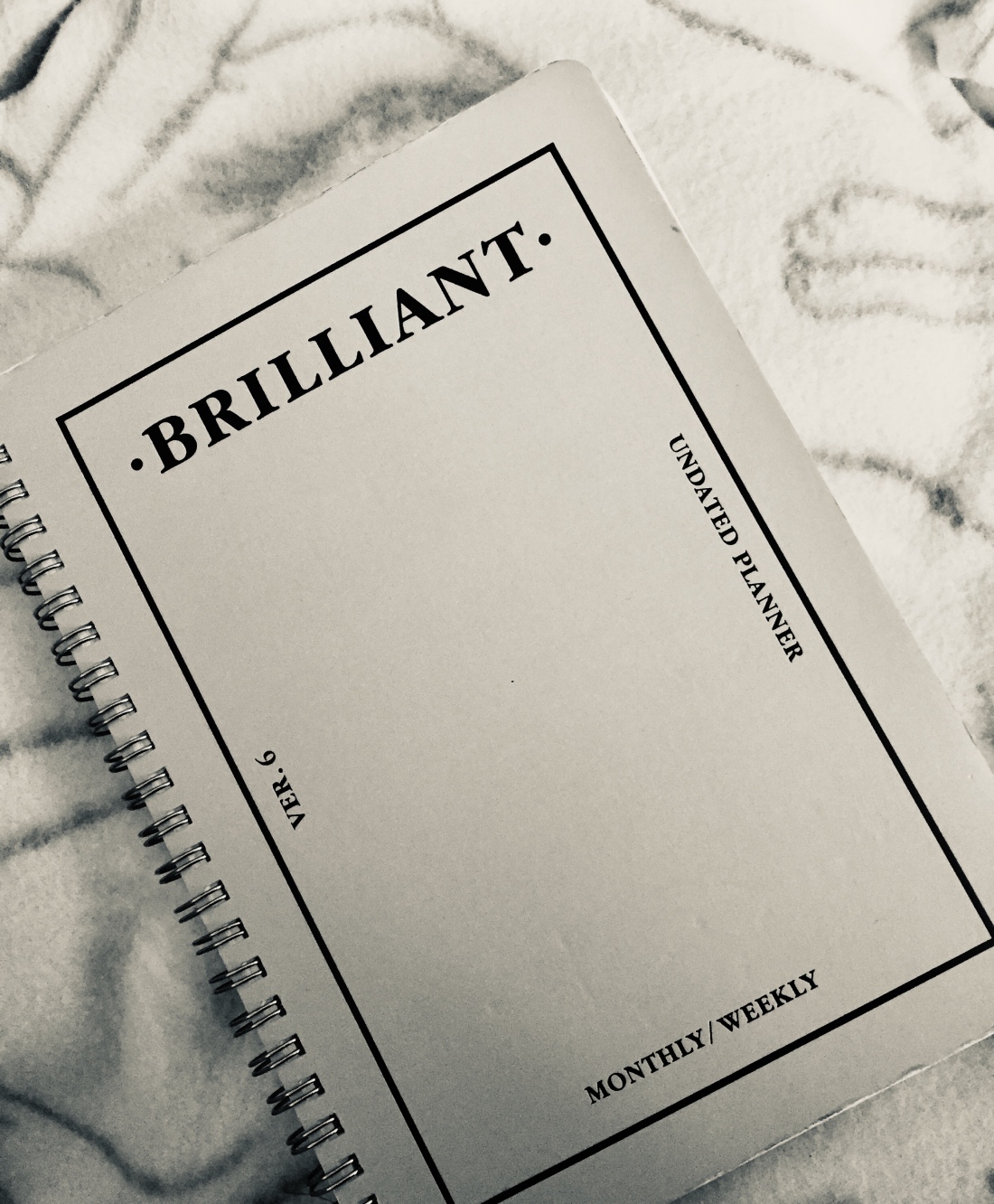Once my eyes glazed upon the heading, I knew there was going to be a deep complicated story ahead of me, and I boldly continued on.
At first, my brain focused on the phrase Steve used at the heading of his blog—two sides of the fence. My younger sister’s been using the exact same phrase (since the beginning of the school year for many reasons) that Steve has been using. Though used for different stories, it had the exact same meaning.
After reading Steve’s final project posts, I kinda did not know how to feel. I mean, I felt several emotions (like sadness, empathy, hope), but this indescribable feeling of everything combined. And I don’t know what this “everything” is. I just wanted to stop time and curl onto my bed with my blanket, but with no exact reason why.
Shifting gears, Steve’s final project is an insight of his past and his life, filled with mistakes, temporary joy, and chances. Sharing your struggles and flaws onto the internet for the whole world to see is a decisive and frightening decision. However, he has the guts to do it anyways.
If only the guy can keep us up to date.
It’s like reading a good book with a cliff hanger at the end, but there’s no squeal or continuation on the story (ahem Eleanor and Park), and it’s up for your imagination to come up with the concluding ending.
No, but his posts are very interesting and makes me want to continue to read, especially because this is all real.
Another thing to add is that he introduces his final project to his viewers. I know some people just dive right into their project without really telling us what’s their plan, and there are others that just briefly include an introduction paragraph about their final project. Both options have their pros and cons, but personally for me, I want a little background on what you’re doing. Though I know some blogs may be obvious and self-explanatory or you might catch along their theme or topic later in the semester, but still, it’s just nice to know.
Overall, reading Steve’s posts made me think a lot in the past hour. Though I should really be reading my peer’s final projects and blogs, I feel like Steve’s content is different from others. Not in that way, but in a way that shares brokenness. But, I can’t say that because I have not truly looked at anyone else’s final projects in the past couple weeks (I plan to though…maybe on the weekend). It shows that everyone around else is struggling. The person you sit next to in class may not be the person you think they are. Or the person in the car next to you or the person in the hallways trying to get to class. “There’s always more than one side to every story” (Steve).





